Jonathan Dodd‘s latest column. Guest opinion articles do not necessarily reflect the views of the publication. Ed
I grew up in Hove. “Hove, Actually”, as everyone used to say, before they gave up and said Brighton. This was so prevalent that Hove adopted “Hove, Actually” as part of its logo for a few years before Brighton and Hove the separate entities became Brighton and Hove the city.
Hove was always the boring bit where everyone actually lived but nothing happened. At weekends there was a movement like the tide, of Hove people going into Brighton and back, to shop, go out, and have fun.
Where the air was clean and everyone was happy
Another thing about Hove was that it was full of streets of large houses in which little old ladies rattled round while the whole place mouldered gradually, Miss Havisham-like, around their ears. We children and adolescents, in our unthinking and cruel way, used to call Hove – “Brighton Cemetery”.
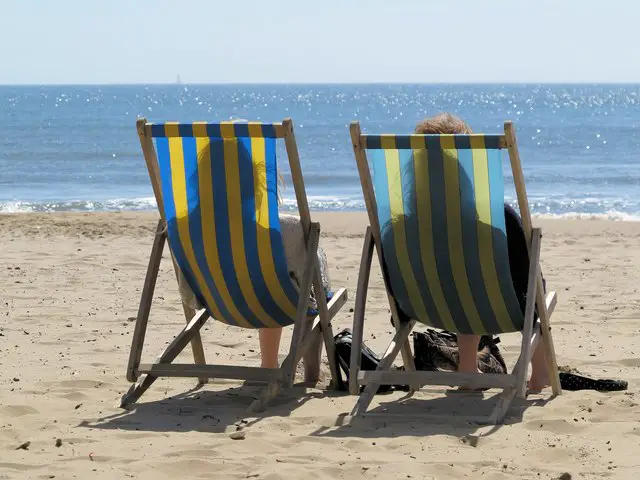
These little old ladies were as varied as any other group of the population. Some were lovely, some were bitter, etc. They all shared a single story. They used to be married to a stockbroker or lawyer or other professional man, usually from London, who each had a vision, of retiring to the sea, where the air was clean and everyone was happy.
Being of a stronger and more practical nature
Almost without exception, these men would grind out their lives aching for the moment when they could retire and saving for their ideal house. When the great moment came, they would move themselves and their wives lock stock and barrel to Hove, and within a short time they would die, because they had nothing to do any more. Their wives would be left in a strange place without friends, but, being of a stronger and more practical nature, would hang on for donkey’s years.

This all really happened, more or less, as Kurt Vonnegut once said. I was there. I was forced as a Cub Scout to do Bob-a-Job week, where I was given a road and told to ring doorbells and ask for work in exchange for a bob, which was a shilling in old money or five pence now. There was one old lady who made me clear her whole garden of weeds and never even offer me a drink of water.
You can never go back
Most of the old ladies were nice to me though, and they would talk to me wistfully about their life in London. They were lost and lonely. Even I, a green-behind-the-ears temporary Cub Scout slave, understood that. I used to wonder why they didn’t move back, but they were wise enough to know that you can never go back, and besides, it would have been disloyal to their late husbands.

I often wondered what made all these so-called sensible captains of industry and leaders of their professions to head lemming-like down to Hove with such desperation. There could never be a single answer, of course, but I think they were looking for happiness. Once I understood that, I became astonished at their complete ignorance of life, and their complete lack of the most basic concepts of research and self-knowledge.
The idea of Hove as a sort of Holy Grail
Perhaps there were no statistics available to them detailing the mortality rates of recently-retired professional men moving to Hove. Perhaps they became so mired in the idea of Hove as a sort of Holy Grail that they forgot to ask what the happiness they were pursuing was actually supposed to look like.
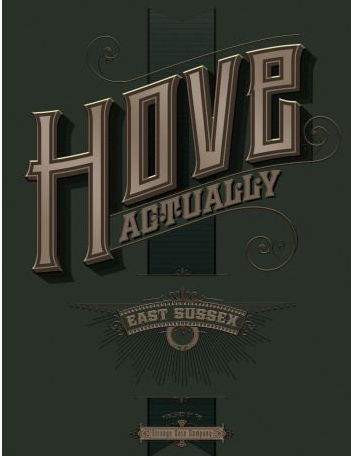
In Hector and the Search for Happiness that I read recently (see last week’s column), he visits an aged monk in a Chinese monastery and shows him his notes about happiness. The monk reads them and approves, and then he says this – “The basic mistake people make is to think that happiness is the goal!” And he began to laugh.
“I’ll be retired!”
I’ve known people in my work who have become obsessed with making a pile of money so they can retire. They were always counting up how much they had and worrying whether they would have enough when the great day came. I would ask these people sometimes, wickedly, what they were going to do when they retired.
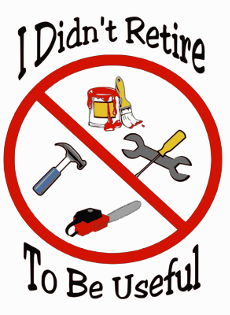 Their response was invariable. They would look at me as if I was an idiot (a title I am usually quite comfortable to wear with pride), and they would either say – “Nothing!” – or even more scarily, they would say – “I’ll be retired!” I refrain from telling these people about the streets full of lonely old ladies in Hove, and I nod wisely and withdraw.
Their response was invariable. They would look at me as if I was an idiot (a title I am usually quite comfortable to wear with pride), and they would either say – “Nothing!” – or even more scarily, they would say – “I’ll be retired!” I refrain from telling these people about the streets full of lonely old ladies in Hove, and I nod wisely and withdraw.
The trick of allowing things to happen
The problem with many people is that they have it in their heads that they always need to do things in order to get results. They think it’s enough to make a goal up and pursue it. This works for climbing corporate ladders and getting promoted and achieving enough sales to win the holiday to Las Vegas, or whatever, but happiness won’t respond to that approach at all.
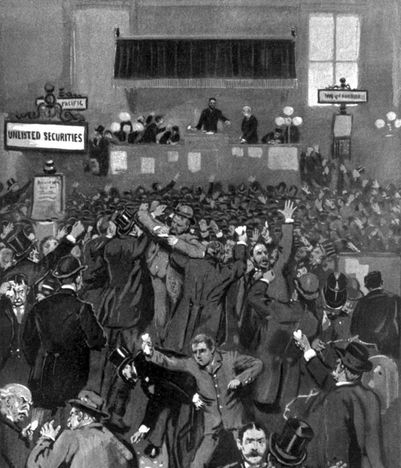
I have found that there’s great truth in the old wisdom that happiness is a by-product of living well. I don’t mean having nice clothes and a big house. I mean knowing who you are (a surprisingly difficult thing actually – try asking yourself that question), and doing things that feel right, rather than what’s sensible or expected. You also need to learn the trick of allowing things to happen rather than trying to force them along.
The extraordinary burst of feeling
I remember the first time I consciously lay down in a meadow one summer and managed to empty my mind. I became aware gradually of all the life around me. After a while I noticed a grasshopper chirping quite close to me. I’d obviously been still for long enough so he didn’t feel threatened. I took a long time to move my finger closer and closer, until I was able to persuade him to sit on my finger. I’ll never forget the extraordinary burst of feeling that moment gave me. It was pure happiness, and completely unexpected.
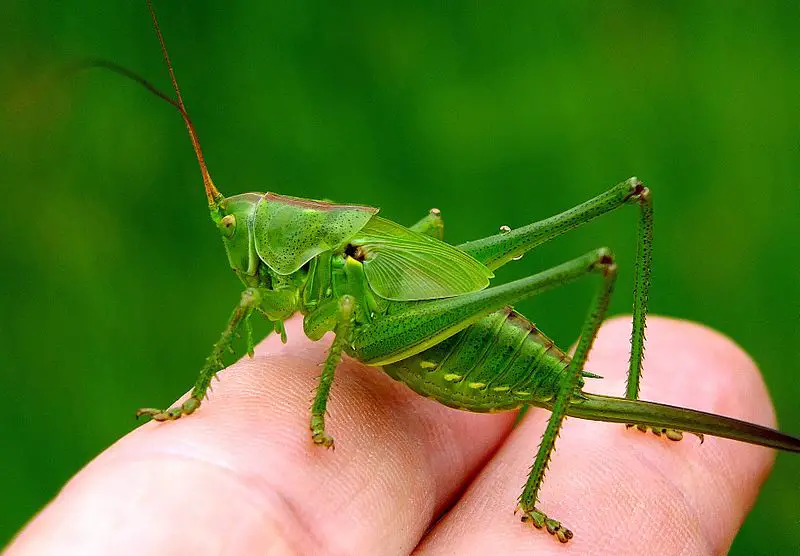
You can’t chase happiness, but sometimes it will unexpectedly come to you. And you can help yourself. I’ve been able to charm grasshoppers ever since, and every time I see one, or hear that chirrup, or get one to sit on my finger, I re-experience that particular flavour of happiness.
If you have been, thank you for reading this.
Image: Peyri under CC BY 2.0
Image: William under CC BY 2.0
Image: US Steel under CC BY 2.0
Image: Michelle Cameron under CC BY 2.0
Image: SkinBus under CC BY 2.0
Image: Public Domain under CC BY 2.0
Image: Gabriel González under CC BY 2.0





